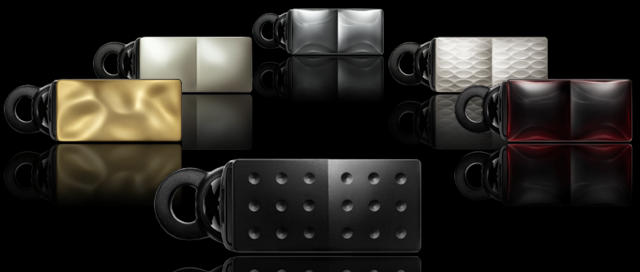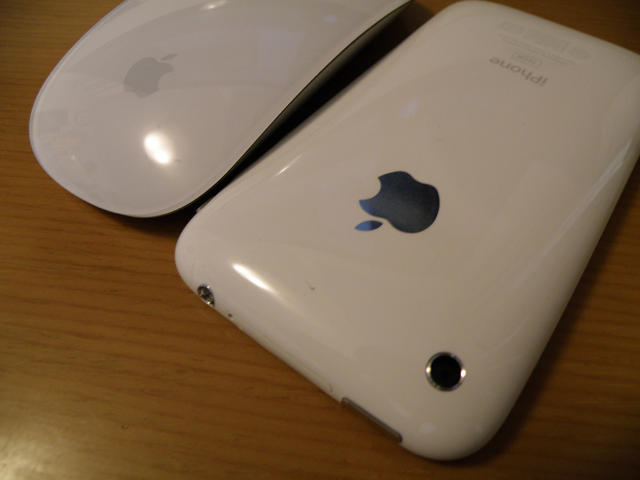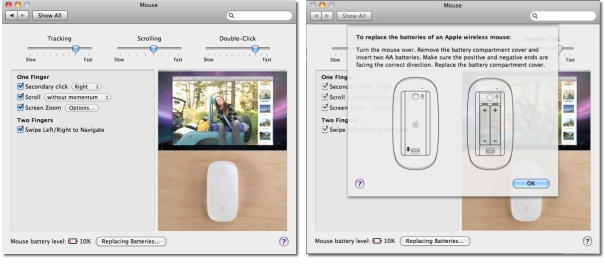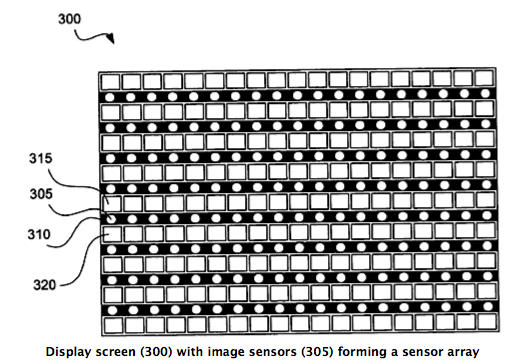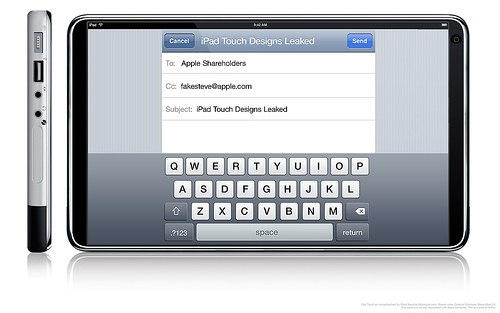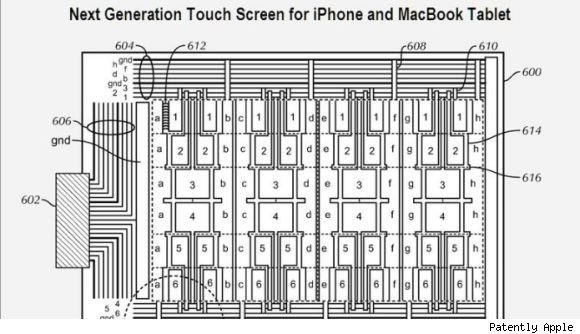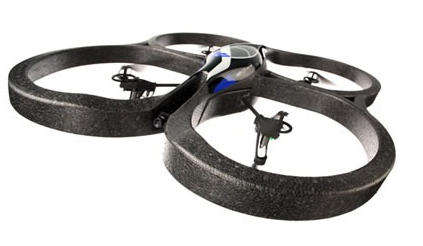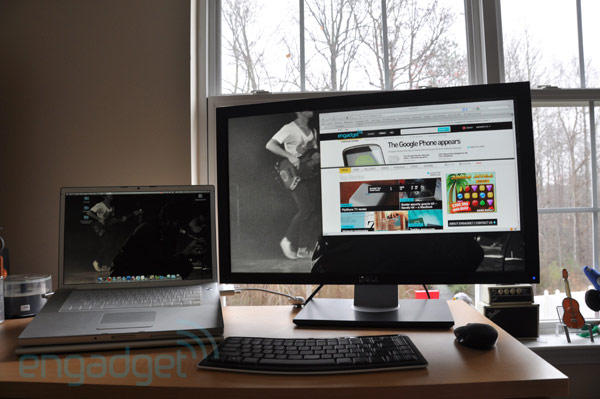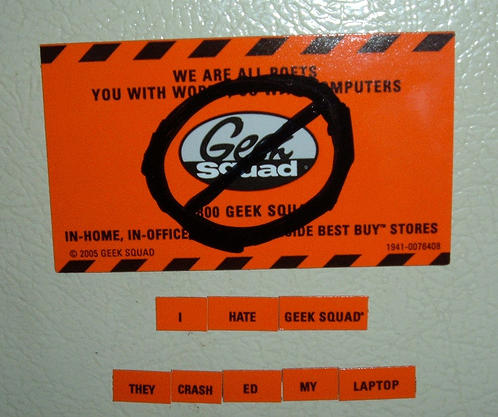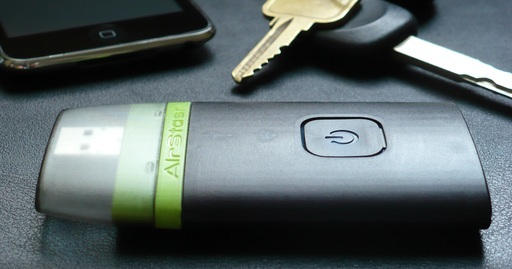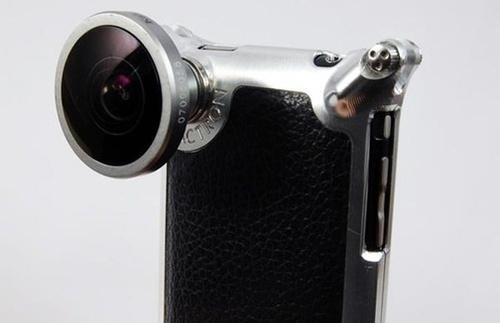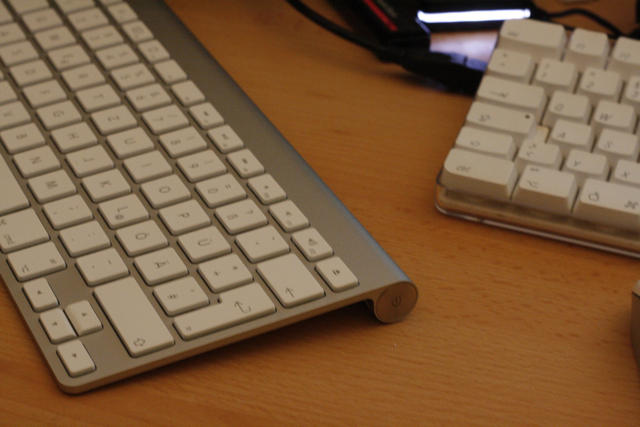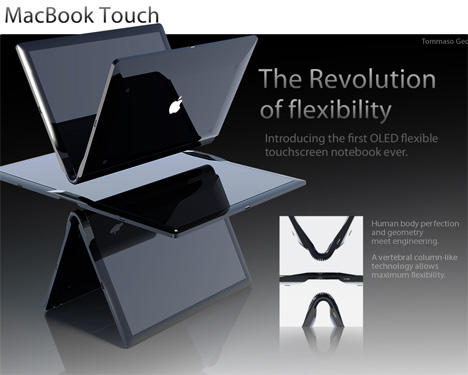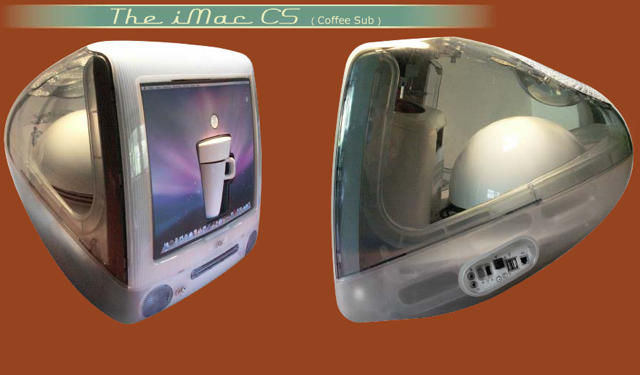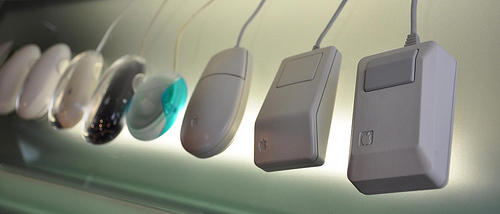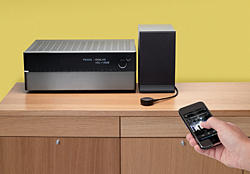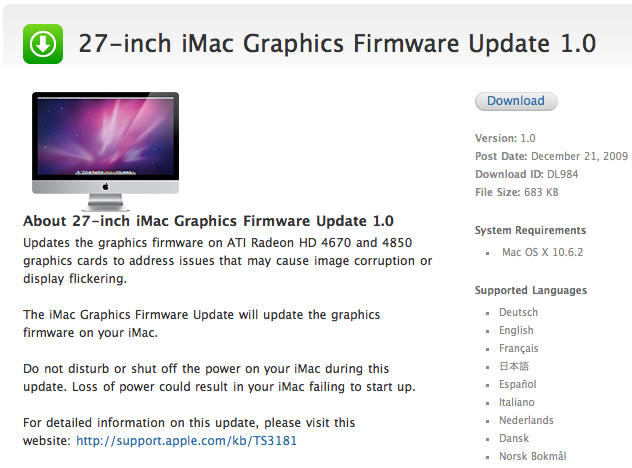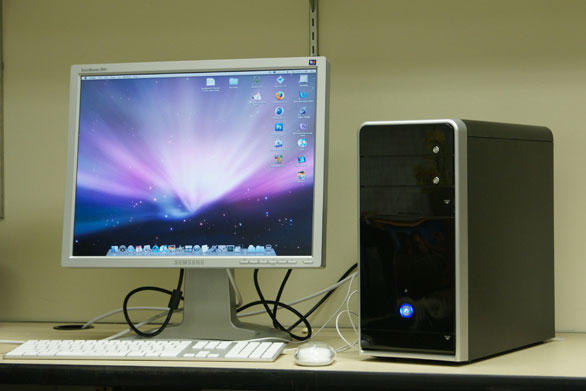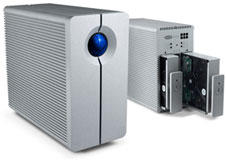Although Bluetooth headsets are a regrettable fashion choice for everyone short of the cyberpunk-enthused Secret Service agent, the Jawbone line has always been one of the more interesting brands out there. They were the first guys to use bone conducting technology to minimize background noise, and they are still one of the few Bluetooth headset manufacturers out there that don’t make their customers look like The Last Starfighter extras when chatting hands-free.
Jawbone’s latest headset, the ICON, continues the company’s trend of attractive, full-featured, understated designs, but also adds some really impressive iPhone compatibility into the mix. The main addition is that when the ICON is paired with an iPhone, its battery meter will display in the status bar, just like Apple’s Blueooth headset did.
Additionally, the ICON allows users to set custom tones and change the voices of incoming call alerts, as well as featuring software called MyTALK that allows you to voice-control mini-apps and assign button.
The ICON is available now in colors including black, gold, pearl and red, but weirdly, you’ll have to pick it up from Verizon for now, although AT&T is supposed to follow shortly.
